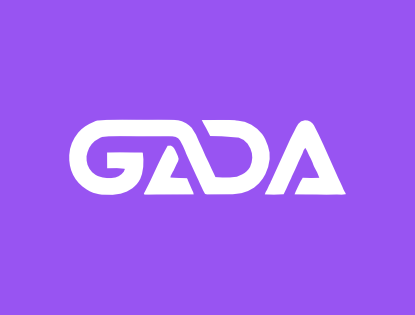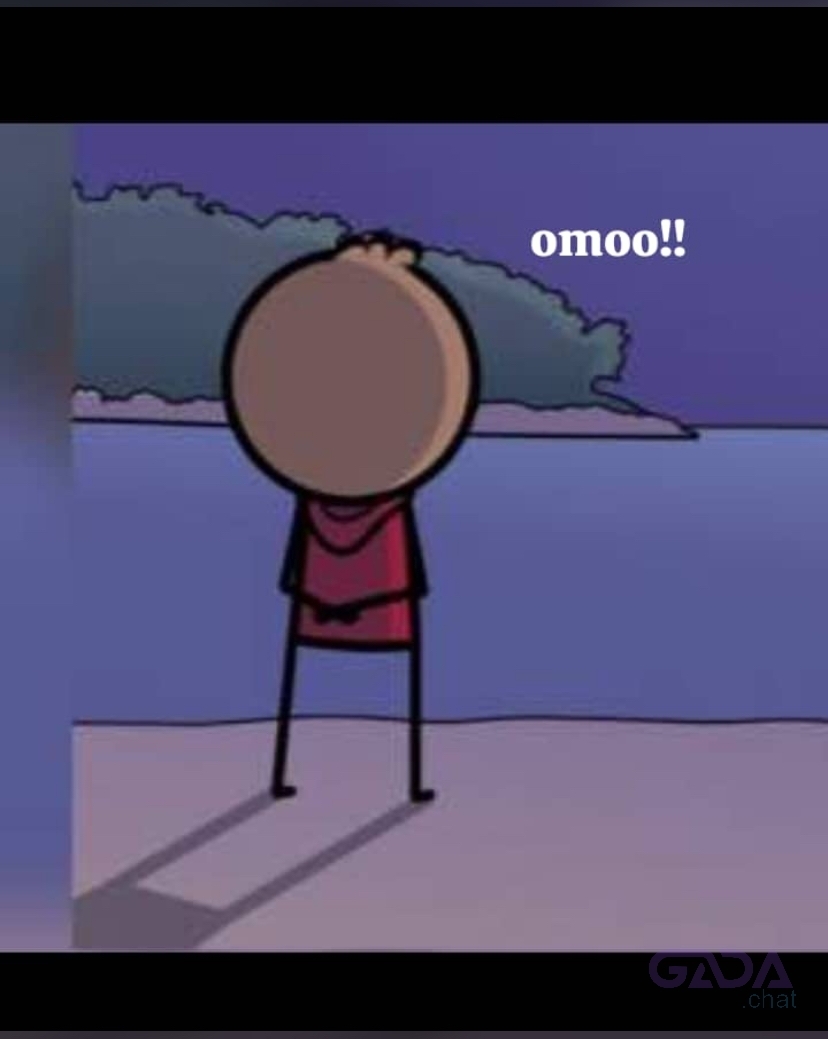DECODING CONTENT: STRATEGIES FOR ENGAGED THINKING
Thinking is the key to all content. Whatever topics or disciplines you are studying must be understood by thinking. Content is organized by thinking, analyzed, explained, illustrated, applied, transformed, evaluated, synthesized, and learned by thinking. Let’s philosophize this by examining the parts of thinking about a business; therefore, you have defined the subject or range of business-related ideas. A business aims to achieve maximum profit and productivity within the least expenditure. The inferences you will be making will be judgments on the type of employers and what motivates them to make judgements about the information we gather on supply/ demand. Judgments about what would make the company more productive.
A business owner would ask how we can create maximum productivity with the least expenditure. The assumption the business owner would have is supply and demand are predictable based on certain variables. That productivity can be improved, and employers are motivated by certain variables. The essential concepts in business are maximum profit, productivity, least expenditure, motivation, productive employers, reasonable salaries, services, supply and demand. The implication and consequences: if I accurately access the information I gather to improve productivity, I can predict how changes we make will affect productivity.
The point of view for a business is to see maximum productivity with the last expenditure as the business goal. I would be using information regarding employer motivation, appropriate pay structure, cost of services/materials needed to achieve purpose, and supply/demand. Now that I have separated the parts of thinking associated with business, I can gain clarity so that the content of reasoning can go through all those methods to transform the thinking and apply it in real life. If that was the purpose of my reasoning, there is a particular aim or goal to thinking. We can use this model for any subject we want to ensure we have thought through it well. When you separate the parts of thinking, you gain ultimate clarity.
You could determine what is the main question this discipline is asking. For instance, sociology is asking how humans behave in particular groups. The purpose is to learn how and why people act the way they do due to living with others in groups. First, you would have to define what group you were analyzing. Is it related to a particular culture, is it political religion or social group? What systems and structures create the dynamic of the group? In America, they only have democrats and republicans representing right and left politics, which differ in policies. Even the president is limited by the policies in place regarding what he can do.
He is the face of the political party, but there are structures that he must work within unless he knows shortcuts. Studying group culture like nationalistic that is defined within the borders of land China is different to Japan economically, socially, and spiritually, but what causes these differences is their outlook on life based on the environment that the citizens of a nation have adopted collectively. It’s interesting how culture emerges when no one actor is making all the decisions. Look at fashion and how it evolves, but if you study this, it is created from what the consumers are sold through shops and what is identified as popular. People think that what they are wearing is original, and they make it a part of their identity. It’s connecting the materiality with the invisible.
Studying how groups behave in relation to consumerism may depend on where they live geographically and what is socially acceptable. However, we cannot define an individual until we examine the systems and structures of a nation. Clothing is cultural as it is someone making a political statement about who they are by the colours and style of dress some announce rebellion. You will see this in punk dress. Maybe they are trying to express their individuality. Yet it came from a culture that targeted their identity. That is how consumerism works. I may not buy traditional Indian dress, and I would feel out of place within the community I belong. We could use the eight dimensions of thinking to get to the deeper parts. We may judge others’ dress if we have come from conservative values or even religious ideas of what we define as socially acceptable. One thing we must observe is different cultural narratives create the standards and define the limits of dress. I have been shocked by what has changed in the last twenty years, even within my own culture. The bikini is just string up the backside.
What is even more interesting is how normalised this culture is. While it does not appeal to my tastes, nor do I see it as decent, I cannot judge the younger generation for something that has been sold to them through magazines, consumer-based marketing and has now been normalised it is widespread throughout my nation. Yet, if we changed a culture group and went to Samoa, that would not be acceptable, and you would be disowned.
Contrasting groups with others, helps us to discover some cultural norms, and the limits of the mind are defined within the context of reasoning. We need to think through different materialities that are created by the dimension of thought, which is also determined by the systems and structure they are within that have espoused such logic. There is a particular rationale to everything that only by going through the process of examining the content and analysing the content to understand it deeper can we accept the differences in culture are not one individual’s fault. They have been influenced by systems and structures within any sphere of life. If you observe Facebook as a system and structure the friends content, you see the kind of advertising targeting you is all based on algorithms that you or I don’t control, but they do control the kind of information available to you that I may not ever see in my lifetime.
Even realizing that we all have different information that creates our worldview by where we are socially positioned within a culture and generation, there are many things that we do not control, such as the banking system or how we purchase items at a shop. This is why we need to think deeply about the content in our reasoning and where the information came from. As you see above, in the business model, that would have been very different information that made up the parts of thinking in the 18th hundreds before the concept of a shop had even been hypothesized therefore, we are affected by the dispensation of our generation. Thinking through the logic of content is defined by other factors influencing it.
Written by Rochelle White
Thinking is the key to all content. Whatever topics or disciplines you are studying must be understood by thinking. Content is organized by thinking, analyzed, explained, illustrated, applied, transformed, evaluated, synthesized, and learned by thinking. Let’s philosophize this by examining the parts of thinking about a business; therefore, you have defined the subject or range of business-related ideas. A business aims to achieve maximum profit and productivity within the least expenditure. The inferences you will be making will be judgments on the type of employers and what motivates them to make judgements about the information we gather on supply/ demand. Judgments about what would make the company more productive.
A business owner would ask how we can create maximum productivity with the least expenditure. The assumption the business owner would have is supply and demand are predictable based on certain variables. That productivity can be improved, and employers are motivated by certain variables. The essential concepts in business are maximum profit, productivity, least expenditure, motivation, productive employers, reasonable salaries, services, supply and demand. The implication and consequences: if I accurately access the information I gather to improve productivity, I can predict how changes we make will affect productivity.
The point of view for a business is to see maximum productivity with the last expenditure as the business goal. I would be using information regarding employer motivation, appropriate pay structure, cost of services/materials needed to achieve purpose, and supply/demand. Now that I have separated the parts of thinking associated with business, I can gain clarity so that the content of reasoning can go through all those methods to transform the thinking and apply it in real life. If that was the purpose of my reasoning, there is a particular aim or goal to thinking. We can use this model for any subject we want to ensure we have thought through it well. When you separate the parts of thinking, you gain ultimate clarity.
You could determine what is the main question this discipline is asking. For instance, sociology is asking how humans behave in particular groups. The purpose is to learn how and why people act the way they do due to living with others in groups. First, you would have to define what group you were analyzing. Is it related to a particular culture, is it political religion or social group? What systems and structures create the dynamic of the group? In America, they only have democrats and republicans representing right and left politics, which differ in policies. Even the president is limited by the policies in place regarding what he can do.
He is the face of the political party, but there are structures that he must work within unless he knows shortcuts. Studying group culture like nationalistic that is defined within the borders of land China is different to Japan economically, socially, and spiritually, but what causes these differences is their outlook on life based on the environment that the citizens of a nation have adopted collectively. It’s interesting how culture emerges when no one actor is making all the decisions. Look at fashion and how it evolves, but if you study this, it is created from what the consumers are sold through shops and what is identified as popular. People think that what they are wearing is original, and they make it a part of their identity. It’s connecting the materiality with the invisible.
Studying how groups behave in relation to consumerism may depend on where they live geographically and what is socially acceptable. However, we cannot define an individual until we examine the systems and structures of a nation. Clothing is cultural as it is someone making a political statement about who they are by the colours and style of dress some announce rebellion. You will see this in punk dress. Maybe they are trying to express their individuality. Yet it came from a culture that targeted their identity. That is how consumerism works. I may not buy traditional Indian dress, and I would feel out of place within the community I belong. We could use the eight dimensions of thinking to get to the deeper parts. We may judge others’ dress if we have come from conservative values or even religious ideas of what we define as socially acceptable. One thing we must observe is different cultural narratives create the standards and define the limits of dress. I have been shocked by what has changed in the last twenty years, even within my own culture. The bikini is just string up the backside.
What is even more interesting is how normalised this culture is. While it does not appeal to my tastes, nor do I see it as decent, I cannot judge the younger generation for something that has been sold to them through magazines, consumer-based marketing and has now been normalised it is widespread throughout my nation. Yet, if we changed a culture group and went to Samoa, that would not be acceptable, and you would be disowned.
Contrasting groups with others, helps us to discover some cultural norms, and the limits of the mind are defined within the context of reasoning. We need to think through different materialities that are created by the dimension of thought, which is also determined by the systems and structure they are within that have espoused such logic. There is a particular rationale to everything that only by going through the process of examining the content and analysing the content to understand it deeper can we accept the differences in culture are not one individual’s fault. They have been influenced by systems and structures within any sphere of life. If you observe Facebook as a system and structure the friends content, you see the kind of advertising targeting you is all based on algorithms that you or I don’t control, but they do control the kind of information available to you that I may not ever see in my lifetime.
Even realizing that we all have different information that creates our worldview by where we are socially positioned within a culture and generation, there are many things that we do not control, such as the banking system or how we purchase items at a shop. This is why we need to think deeply about the content in our reasoning and where the information came from. As you see above, in the business model, that would have been very different information that made up the parts of thinking in the 18th hundreds before the concept of a shop had even been hypothesized therefore, we are affected by the dispensation of our generation. Thinking through the logic of content is defined by other factors influencing it.
Written by Rochelle White
DECODING CONTENT: STRATEGIES FOR ENGAGED THINKING
Thinking is the key to all content. Whatever topics or disciplines you are studying must be understood by thinking. Content is organized by thinking, analyzed, explained, illustrated, applied, transformed, evaluated, synthesized, and learned by thinking. Let’s philosophize this by examining the parts of thinking about a business; therefore, you have defined the subject or range of business-related ideas. A business aims to achieve maximum profit and productivity within the least expenditure. The inferences you will be making will be judgments on the type of employers and what motivates them to make judgements about the information we gather on supply/ demand. Judgments about what would make the company more productive.
A business owner would ask how we can create maximum productivity with the least expenditure. The assumption the business owner would have is supply and demand are predictable based on certain variables. That productivity can be improved, and employers are motivated by certain variables. The essential concepts in business are maximum profit, productivity, least expenditure, motivation, productive employers, reasonable salaries, services, supply and demand. The implication and consequences: if I accurately access the information I gather to improve productivity, I can predict how changes we make will affect productivity.
The point of view for a business is to see maximum productivity with the last expenditure as the business goal. I would be using information regarding employer motivation, appropriate pay structure, cost of services/materials needed to achieve purpose, and supply/demand. Now that I have separated the parts of thinking associated with business, I can gain clarity so that the content of reasoning can go through all those methods to transform the thinking and apply it in real life. If that was the purpose of my reasoning, there is a particular aim or goal to thinking. We can use this model for any subject we want to ensure we have thought through it well. When you separate the parts of thinking, you gain ultimate clarity.
You could determine what is the main question this discipline is asking. For instance, sociology is asking how humans behave in particular groups. The purpose is to learn how and why people act the way they do due to living with others in groups. First, you would have to define what group you were analyzing. Is it related to a particular culture, is it political religion or social group? What systems and structures create the dynamic of the group? In America, they only have democrats and republicans representing right and left politics, which differ in policies. Even the president is limited by the policies in place regarding what he can do.
He is the face of the political party, but there are structures that he must work within unless he knows shortcuts. Studying group culture like nationalistic that is defined within the borders of land China is different to Japan economically, socially, and spiritually, but what causes these differences is their outlook on life based on the environment that the citizens of a nation have adopted collectively. It’s interesting how culture emerges when no one actor is making all the decisions. Look at fashion and how it evolves, but if you study this, it is created from what the consumers are sold through shops and what is identified as popular. People think that what they are wearing is original, and they make it a part of their identity. It’s connecting the materiality with the invisible.
Studying how groups behave in relation to consumerism may depend on where they live geographically and what is socially acceptable. However, we cannot define an individual until we examine the systems and structures of a nation. Clothing is cultural as it is someone making a political statement about who they are by the colours and style of dress some announce rebellion. You will see this in punk dress. Maybe they are trying to express their individuality. Yet it came from a culture that targeted their identity. That is how consumerism works. I may not buy traditional Indian dress, and I would feel out of place within the community I belong. We could use the eight dimensions of thinking to get to the deeper parts. We may judge others’ dress if we have come from conservative values or even religious ideas of what we define as socially acceptable. One thing we must observe is different cultural narratives create the standards and define the limits of dress. I have been shocked by what has changed in the last twenty years, even within my own culture. The bikini is just string up the backside.
What is even more interesting is how normalised this culture is. While it does not appeal to my tastes, nor do I see it as decent, I cannot judge the younger generation for something that has been sold to them through magazines, consumer-based marketing and has now been normalised it is widespread throughout my nation. Yet, if we changed a culture group and went to Samoa, that would not be acceptable, and you would be disowned.
Contrasting groups with others, helps us to discover some cultural norms, and the limits of the mind are defined within the context of reasoning. We need to think through different materialities that are created by the dimension of thought, which is also determined by the systems and structure they are within that have espoused such logic. There is a particular rationale to everything that only by going through the process of examining the content and analysing the content to understand it deeper can we accept the differences in culture are not one individual’s fault. They have been influenced by systems and structures within any sphere of life. If you observe Facebook as a system and structure the friends content, you see the kind of advertising targeting you is all based on algorithms that you or I don’t control, but they do control the kind of information available to you that I may not ever see in my lifetime.
Even realizing that we all have different information that creates our worldview by where we are socially positioned within a culture and generation, there are many things that we do not control, such as the banking system or how we purchase items at a shop. This is why we need to think deeply about the content in our reasoning and where the information came from. As you see above, in the business model, that would have been very different information that made up the parts of thinking in the 18th hundreds before the concept of a shop had even been hypothesized therefore, we are affected by the dispensation of our generation. Thinking through the logic of content is defined by other factors influencing it.
Written by Rochelle White
0 التعليقات
0 المشاركات
35 مشاهدة
0 معاينة







